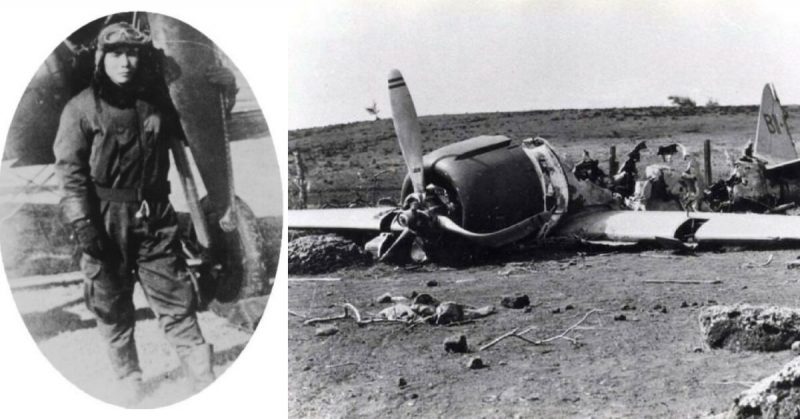In 1941, a lone Japanese pilot tried to capture the Hawaiian island of Ni’ihau. The natives responded by holding a luau for him.
Though part of the US, Ni’ihau has been privately owned by the Robinson family since 1864. Only natives, Robinsons, government officials, and US Navy personnel may go there – which is why it’s called “The Forbidden Isle.”
Back in 1941, the island had no electricity or phones, and virtually everyone spoke only Hawaiian. Even its owner, Aylmer Francis Robinson, lived on the neighboring island of Kaua’i and only visited weekly.
There were, however, three Japanese who’d been allowed to live there: Ishimatsu Shintani (who was born in Japan and had been living in Hawaii for 40 years), as well as Yoshio and Irene Harada (who were Hawaiian-born American citizens).
Because of Ni’ihau’s isolation and size (only 69.5 square miles), the Japanese thought it was uninhabited. So when planning their attack on Pearl Harbor, they told pilots to land there if their planes were damaged and promised to rescue them by submarine.
And that’s where Airman First Class Shigenori Nishikaichi comes in. On December 7th, 1941 he sat in his A6M2 Zero “B11-120” watching the first wave lift off from the deck of the Hiryū aircraft carrier.
His turn came after the first bombs fell on America’s Pacific Fleet. Taking to the skies, he joined the second wave till he was hit by enemy flak. His plane riddled with bullets and the skies filling with more explosions, returning to the Hiryū was impossible – so he flew to Ni’ihau, instead.
Thirty-year-old Hawila “Howard” Kaleohano was the island’s only native who spoke English. He also owned the field where Shigenori tried to land. It might have been a smooth landing, too, except that his plane’s underside snagged on a wire fence and crashed.
Howard couldn’t have known about the attack on Pearl Harbor, but he knew that America’s relationship with Japan was deteriorating. So while Shigenori sat dazed in the wreck of what was left of his B11-120, he took the pilot’s gun and some papers he found in the cockpit.
Then he welcomed the man to Ni’ihau. Others gathered to offer their hospitality, but Shigenori’s English was very basic. So they called on Ishimatsu. Married to a local, he also spoke Hawaiian fluently.
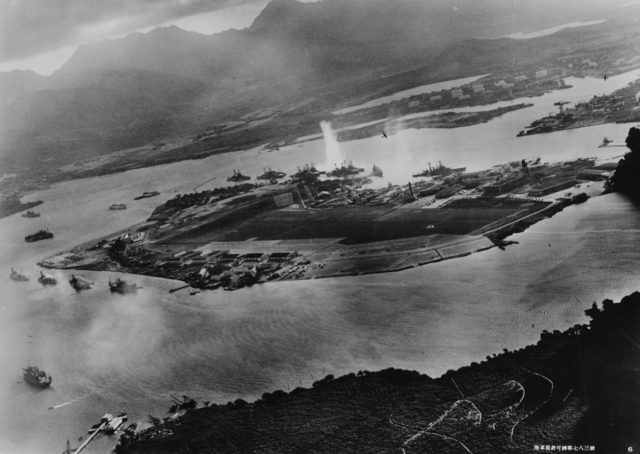
Happy to see another Japanese, Shigenori excitedly told the man about the bombing of Pearl Harbor. Ishimatsu paled and walked away, ignoring the Hawaiians who begged him to translate what the pilot said.
Shrugging, they called on the other two people who could speak Hawaiian and Japanese (as well as English) – Yoshio Harada and his wife, Irene. Shigenori again told them about the bombing, but the couple thought it best not to translate that bit.
Then he asked to have his papers back, but Howard refused. Instead, he and his neighbors began planning a welcome luau.
As they did that, Shigenori told the Haradas that Japan’s victory was inevitable. They could either remain second class citizens of a defeated America, or they could choose the winning side since they were ethnic Japanese.
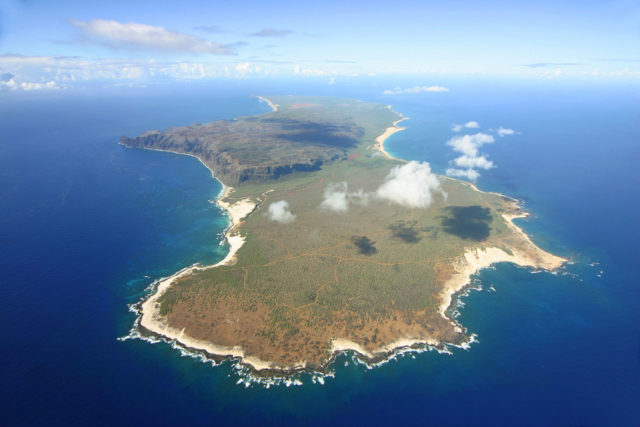
The luau took place later that evening when reports of the attack came in via battery-operated radio. It must have been awkward. As for his rescue sub, it never came because it was dealing with US Navy ships in the area.
He was held at the host’s house while they waited for Aylmer’s scheduled visit the next day. Ni’ihau’s owner could take the pilot back to Kauai and hand him over to the authorities there.
But Aylmer never made it because the military had banned all inter-island boat traffic. Since Ni’ihau had no jails and the luau hosts wanted nothing more to do with him, the Haradas offered to house Shigenori. The rest agreed but sent over four guards to keep an eye on him.
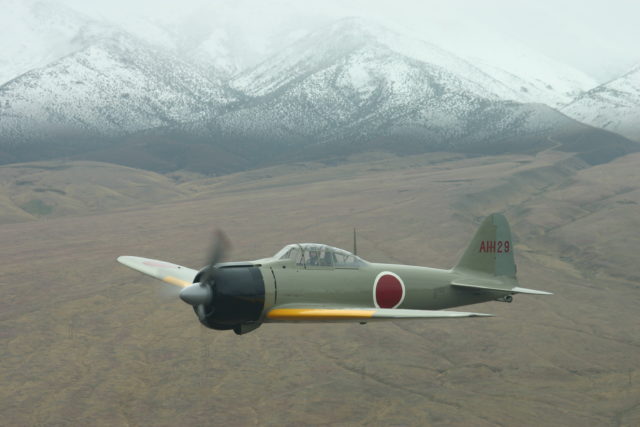
Ishimatsu had a change of heart at some point because, on December 12th, he asked Howard for Shigenori’s papers in exchange for $200 – a princely sum for the Ni’ihauans back then. The Hawaiian refused.
By then, security had become lax because where could Shigenori go? Which was why his four guards had been reduced to only one. The Haradas pounced, then tied and locked the guard up in the warehouse where Shigenori’s pistol and a shotgun were kept.
So now they were an army of three headed toward Howard’s property. Fortunately, he saw them coming and ran to the village to tell them what was happening.
No one believed him, of course. The Haradas and Ishimatsu had been good neighbors, after all! Howard was about to despair when who came running into the village? The guard. He had escaped, and yes – it was the Haradas, alright. Everyone scattered.
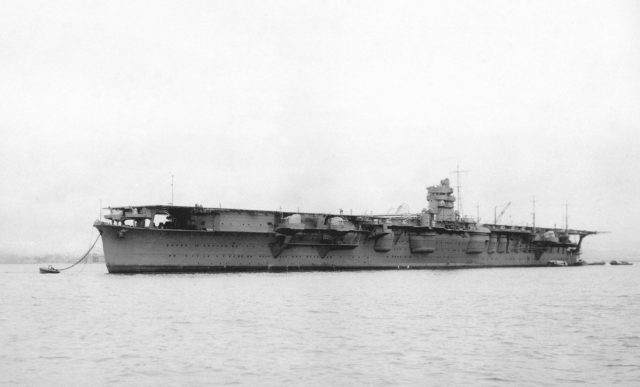
Later that evening, Howard handed the papers over to someone for safekeeping. Then he hopped onto a boat with five others and paddled off to Kauai.
The next morning, the Japanese captured Benehakaka “Ben” Kanahele and his wife, Kealoha “Ella.” Holding her hostage, they ordered Ben to look for Howard. He made a pretense of doing so, knowing full well that the man was off the island.
Frustrated, Shigenori threatened to shoot everyone in the village if he didn’t get his papers back. Then he handed his shotgun to Yoshio, which was when Ben pounced. Shigenori shot the Hawaiian in the groin, stomach, and upper leg – but Ben was a muscular man because he raised sheep.
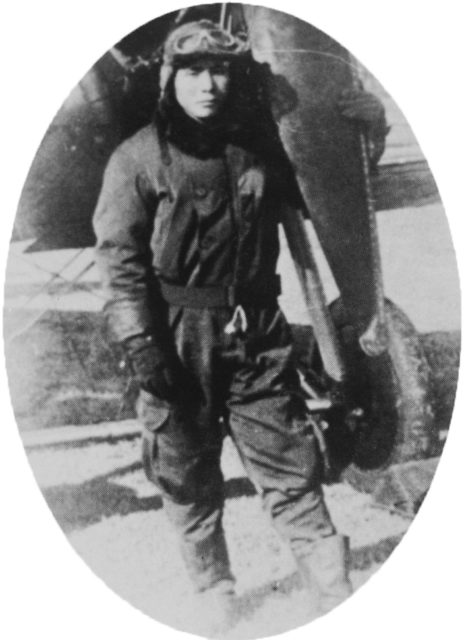
Despite his wounds, he picked the pilot up and hurled him against a stone wall. Ella grabbed a rock and started bashing the man’s head in, giving Ben time to grab his hunting knife and slit the airman’s throat – for which he later got the Medal of Merit and the Purple Heart.
Yoshio grabbed Shigenori’s pistol, raised it, aimed… and blew his own head off. As for Irene and Ishimatsu, they were arrested and imprisoned until the war’s end.
On January 26th, 1942 Navy Lieutenant CB Baldwin wrote that “Japanese residents previously believed loyal to the US may aid Japan if further… attacks appear successful.” On February 19th, President Roosevelt issued Executive Order 9066 – ordering the internment of all people of Japanese ancestry on American soil.
